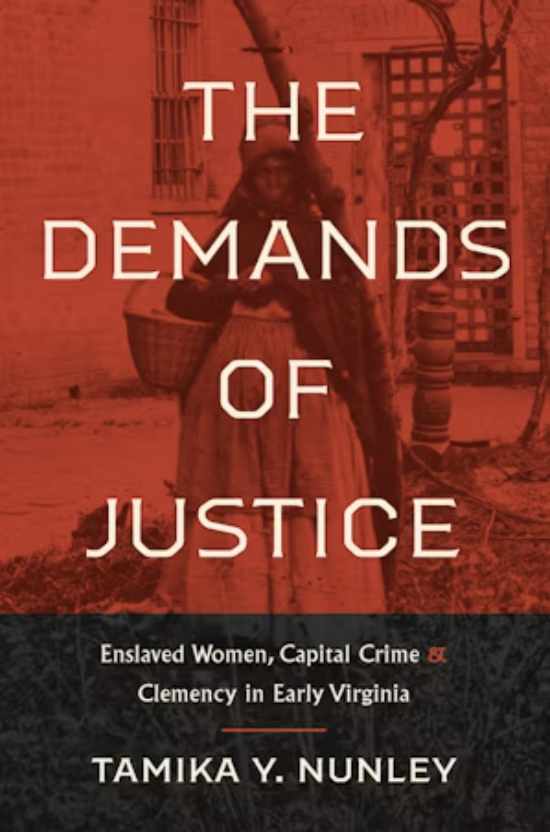Enslaved women’s capital trials ultimately shook loose the façade of paternalism and white unity Virginia enslavers sought to perform in slave codes. Death sentences sparked petitions for clemency from local whites who alluded to the violences condemned women had previously faced back on the plantation. Legislators who were outraged by courts that ordered transportation rather than death were forced to admit that the system of white supremacy survived through repression alone. During the trials, enslaved defendants such as Letty in 1822 testified to infanticide as retribution for rape, saying “if the child had been one of her own colour, she would not have done as she did (123).” Enslaved women such as Nelly in 1856 admitted to murdering their enslavers because, in her words, “he was a hard master (88).” Women like Milly in 1798 used arson and assault as their only recourse against the violent whims of their enslavers (47). In all of these ways, Black women’s “intimate ruptures” with their own enslavers “spilled out” into newspapers and legislative halls, forcing white Virginians to discuss slavery as a political problem (86).
Nunley repeatedly returns to clemency as an act which reveals the nature of slavery in Virginia. For one, the reduced sentence in question – transportation – fused Virginia’s state with its economy: the nation’s chief wholesaler to slave markets. Virginians spoke of the transportations which fused racial control and capitalism as “judgments of mercy” which demonstrated the paternalist “moral cachet” of their system (17). Yet, the fact that both court sentences and their commutations were so unpredictable shows how patchwork Virginia’s system of racialized slavery remained until the end. Governors granted or denied clemency based on political winds. Local courts decided arbitrarily whether the youth of an enslaved defendant or the weakness of evidence was enough to mitigate their sentence to non-capital punishment. Overall, the book shows officials deploying clemency strategically to simmer irreconcilable tensions in their (and even today our) unjust society.
